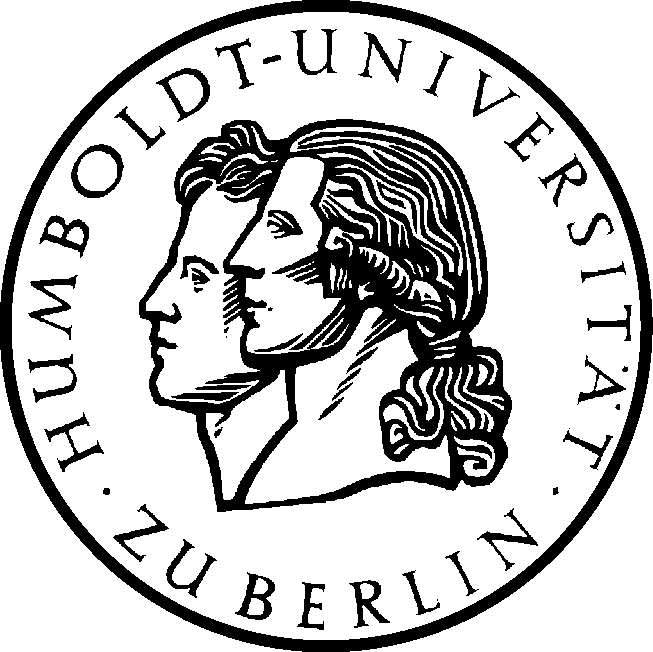Research, Hubert Truckenbrodt


| interface interactions –– wh-questions –– sentence types –– intonational meaning –– modals –– syn.-phon. interface –– f0 height –– for teachers –– neurolinguistics |
Research, Hubert Truckenbrodt |
 |
 |
|
Why are there special stress-effects in certain questions? For example wh-phrases in situ in Turkish and Japanese carry focus prosody (sentence stress at least in Turkish), English and German alternative questions require sentence stress on the alternatives. On the other hand, a wh-moved wh-pronoun is unaccented like any other pronoun.
Truckenbrodt, Hubert. 2012. On the prosody of German wh-questions. In Gorka Elordieta & Pilar Prieto (eds.), Prosody and meaning, 73-118. Berlin: de Gruyter.
This paper offers ground work for the study of questions in controlled contexts and it shows some first results of this groundwork. They include confirmation of observations by Haida (2007) concerning single and multiple-wh questions in German. They also include that a wh-pronoun can engage in one of two relations with a corresponding indefinite pronoun in its context: The wh-pronoun can be either F-marked for focus and be stressed, or be G-marked for givenness and reject stress.
Truckenbrodt, Hubert. 2013. An analysis of prosodic F-effects in interrogatives: prosody, syntax and semantics. Lingua 124. 131-175.
This paper develops a cross-linguistic theory across prosody, syntax, and formal interrogative semantics of the stress-effects in wh-words, wh-phrases and alternatives in alternative questions. The leading idea, taken from Cable (2010) and building on Beck (2006), is that the wh-feature is identical to the F-feature that we know from focus. When F is interpreted relative to the interrogative Q-marker, it takes on the function of wh. Semantically this is fairly straightforward as was shown by Cable. Prosodically, it provides an approch to the special stress-effects, which are then the stress-effects of the F-feature. However, the extended use of the F-feature also requires an extended theory of its syntax, semantics, and prosody, which this paper attempts to formulate.
The paper is a bit dense and the resulting theory is not as simple as one might have hoped. Still, if nothing else, I believe that it shows the complexities that we need to come to terms with in this area and a first attempt to capture them.